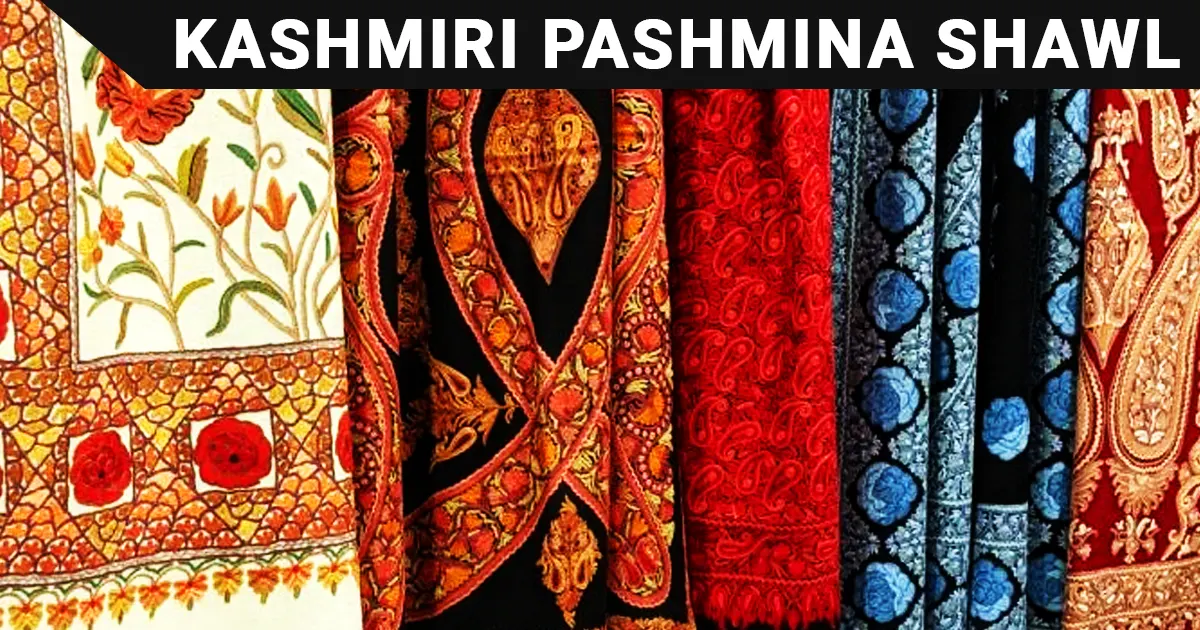GS-1-History

What is Pashmina?
About:
- Pashmina is GI-certified wool originating from the Kashmir region of India.
- Initially, Kashmiri people crafted and used Pashmina shawls to endure harsh winters.
- The term Pashmina is derived from the Persian word Pashm, meaning a weavable fiber, specifically wool.
- Pashmina shawls are expensive due to the high-quality wool and the labor-intensive process involved. Creating one shawl often takes 72 hours or more, depending on the intricacy of the work.
Source:
- The wool comes from the Changthangi goats (Capra hircus), domesticated by the Changpa tribes in Ladakh.
- Changpa Community:
- The Changpa are a semi-nomadic tribe inhabiting the Changthang plateau, spanning Ladakh and the Tibet Autonomous Region.
- They are listed as a Scheduled Tribe under India’s affirmative action policies.
Significance:
- Pashmina is considered one of the finest and highest-quality wools worldwide.
- The shawls’ intricate craftsmanship and exquisite designs have captivated global audiences, making them highly sought-after.
- Their international demand has significantly contributed to the local economy, sustaining traditional artisans and promoting Ladakh’s cultural heritage.




